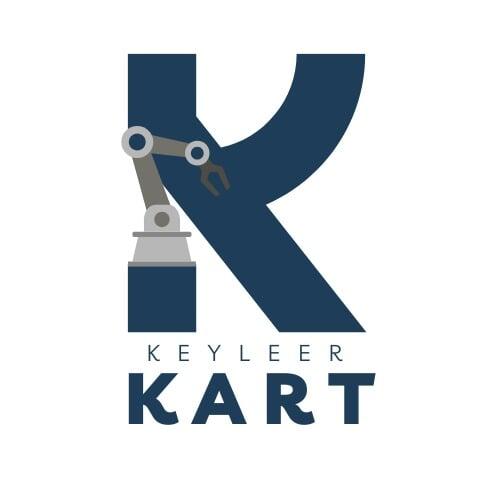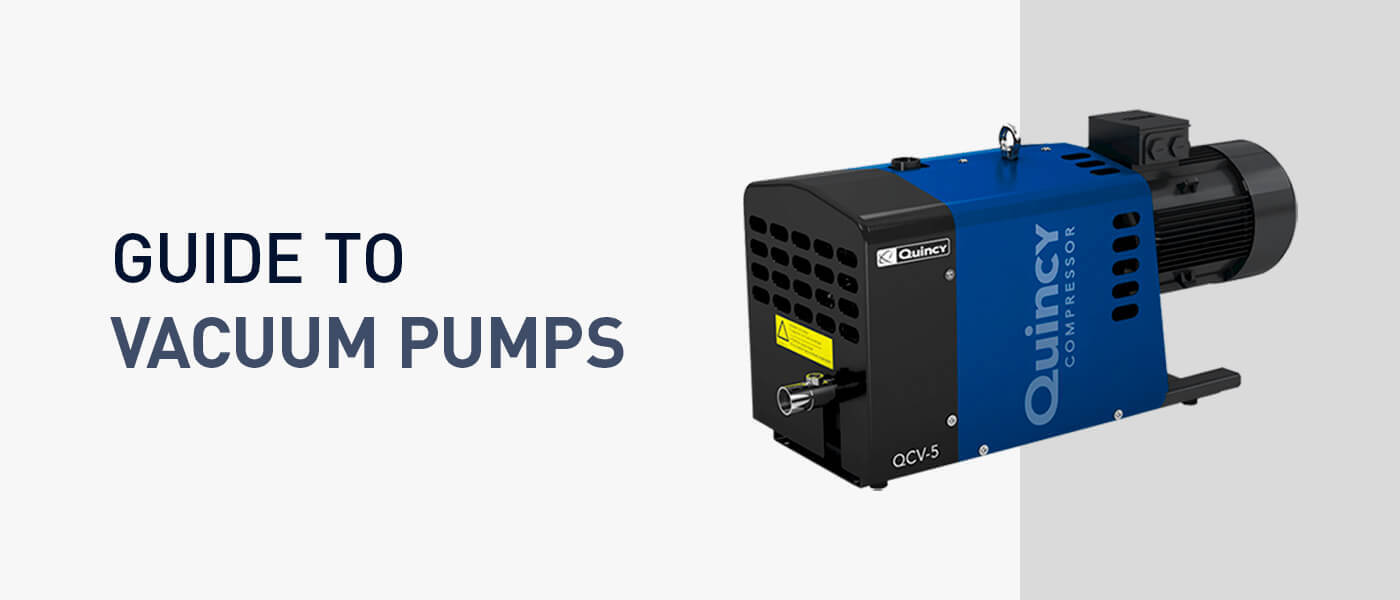Vacuum pumps are integral components in various industrial, scientific, and manufacturing processes. Their ability to create and maintain a vacuum environment has made them indispensable in applications ranging from electronics production to healthcare. This blog delves into the world of vacuum pumps, their types, applications, and importance in modern industries.
Positive Displacement Pumps:
Momentum Transfer Pumps (Molecular Pumps):
Entrapment Pumps:
Liquid Ring Pumps:
Manufacturing and Processing:
Healthcare and Pharmaceuticals:
Chemical and Petrochemical:
Food and Beverage Industry:
Scientific Research:
What is a Vacuum Pump?
A vacuum pump is a device that removes gas molecules from a sealed volume to create a partial or full vacuum. By lowering the pressure within a system, vacuum pumps enable processes that require specific atmospheric conditions to function effectively.
Types of Vacuum Pumps
Vacuum pumps come in various types, each suited for specific applications. Here are the most common categories:
o These pumps work by mechanically trapping a volume of gas and moving it through the pump to discharge it.
o Examples: Rotary vane pumps, diaphragm pumps.
o Applications: Used in freeze drying, air conditioning systems, and laboratory vacuum creation.
o These pumps use high-speed jets or rotating blades to impart momentum to gas molecules, driving them out of the system.
o Examples: Turbomolecular pumps, diffusion pumps.
o Applications: Common in semiconductor manufacturing and high-vacuum environments.
o These pumps trap gas molecules on a surface, removing them from the vacuum system.
o Examples: Cryopumps, ion pumps.
o Applications: Used in ultra-high vacuum systems, such as particle accelerators and space simulation chambers.
o These pumps use a liquid (typically water or oil) to create a vacuum.
o Applications: Ideal for handling wet gases or applications where condensable vapors are present.
Key Applications of Vacuum Pumps
o In industries like electronics and semiconductors, vacuum pumps are essential for thin-film deposition and material handling in controlled environments.
o Vacuum pumps are used in sterilization, medical suction devices, and freeze-drying of drugs.
o These pumps play a vital role in distillation, degassing, and drying processes.
o Vacuum packaging prolongs shelf life by removing air from packages.
o High-vacuum pumps enable experiments in physics, material science, and space simulation.
Advantages of Using Vacuum Pumps
∙ Enhanced Efficiency: They optimize processes like drying, filtration, and distillation.
∙ Improved Product Quality: Many industrial processes rely on controlled atmospheres to maintain product integrity.
∙ Energy Savings: Advanced vacuum pumps are designed for energy-efficient operation.
Maintenance Tips for Vacuum Pumps
To ensure longevity and consistent performance, regular maintenance is crucial:
∙ Check for Leaks: Ensure all seals and connections are airtight.
∙ Monitor Oil Levels: For pumps that use oil, maintain proper levels and change the oil periodically.
∙ Clean Filters: Replace or clean filters to prevent clogs.
∙ Inspect for Wear: Regularly check parts for signs of wear or damage.
Future Trends in Vacuum Technology
As industries evolve, vacuum pump technology continues to advance:
∙ Energy Efficiency: Manufacturers are developing pumps that consume less energy without compromising performance.
∙ Smart Pumps: Integration of IoT and sensors for real-time monitoring and predictive maintenance.
∙ Eco-Friendly Solutions: Focus on reducing emissions and using environmentally safe materials.
Conclusion
Vacuum pumps are the backbone of many modern industrial and scientific processes. From creating semiconductors to ensuring the sterility of medical devices, their applications are vast and critical. With ongoing advancements in technology, vacuum pumps are set to become even more efficient, reliable, and environmentally friendly, driving progress across multiple sectors.




